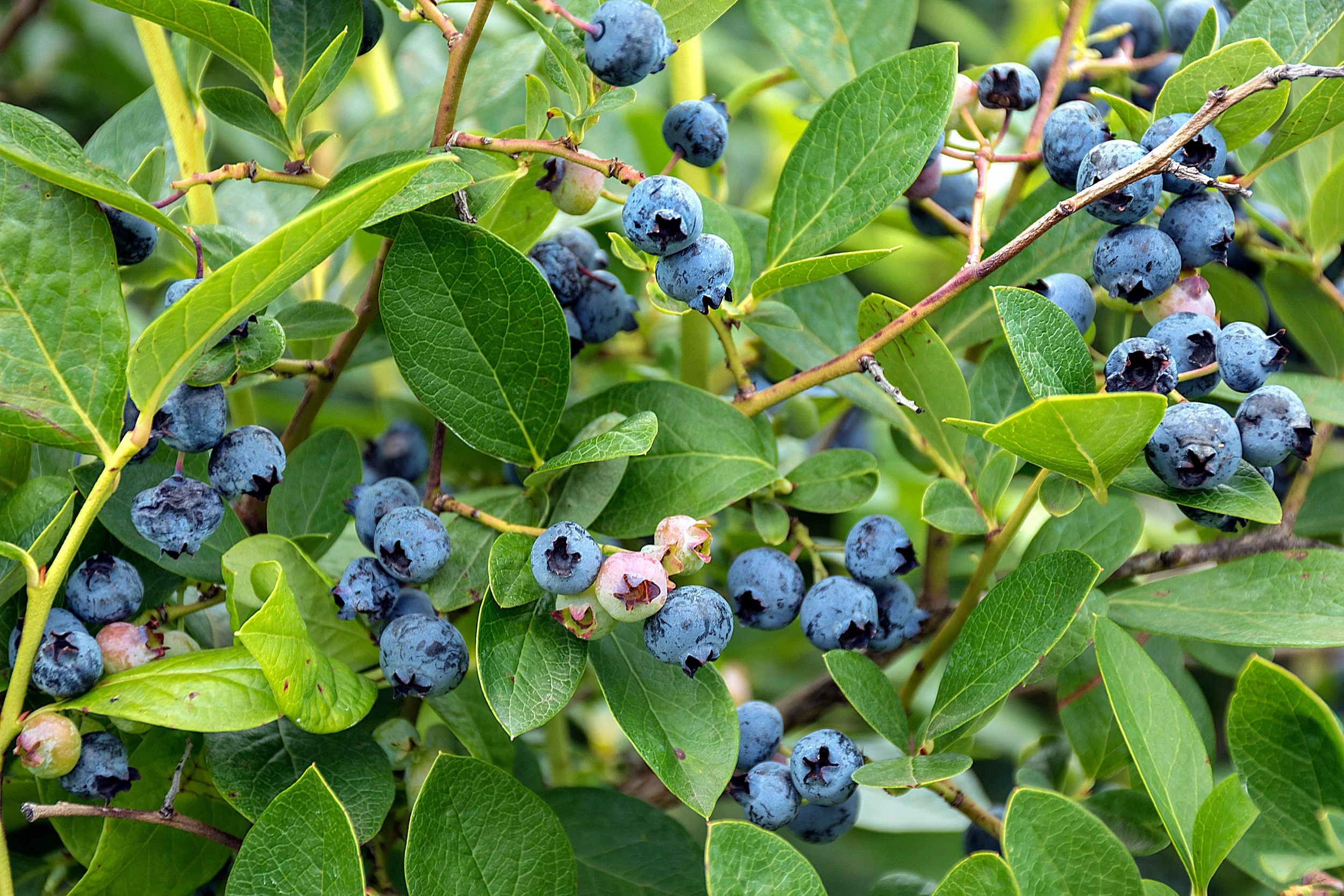New Jersey Heatwave Puts Pressure on Blueberry Crop Ahead of the 4th of July
If your Fourth of July barbecue has blueberry pie on the table, you can thank an early start and amazing timing. After a week of intense heat waves across the East Coast, New Jersey’s blueberry crop went eye-to-eye with a bitter fate.
The blueberry season optimistically started around June 2nd, about two weeks earlier than the usual, giving farmers a head start and allowing for improved pollination for the fruit, a major issue that farmers dealt with about a year ago. The season was looking good, and yields looked exceptionally promising. But the ideal conditions only lasted for so long. After a heatwave struck the East Coast around June 24th, farmers' optimism quickly turned sour. As temperatures reached above 100°F, the extreme heat threatened New Jersey's blueberry supply. The rising temperatures jeopardized the development of the fruit, risking over-ripening and softening the fruit, both of which shorten the already quick harvest window, and risk the fruit’s quality. According to Helios’ blueberry climate dashboard for New Jersey, the last week of June saw a high temperature risk, with about a 111.5% rise in days above 90°F. Rather than about two days of experiencing hotter-than-average conditions, the state experienced 5 days, which is higher than the historical average.
For farmers, the timing could not have been worse. The quick ripening cycle demands a faster harvest to avoid bruising and even spoilage. New Jersey farmers are already facing labor constraints, making it harder to react effectively if the heatwave becomes dire. Despite the challenges, the crop was able to successfully reach the crucial Fourth of July window, but the heat certainly tested the system. Even the smallest shifts in timing can disrupt food chain logistics, promotional planning, and the consistency buyers depend on.
Although the fruit is able to be ready for the holidays, New Jersey's blueberry scare was no anomaly; it's a greater trend of climate change that could potentially reshape American agriculture. As climate volatility continues, growing seasons are becoming more and more erratic and harder to predict. This isn’t isolated to just New Jersey– North Carolina has reported heat-stressed fruit, and Michigan farmers are preparing for what is suspected to be the hottest July on record. Throughout the U.S., the blueberry industry is more frequently caught between unpredictable weather and strict expectations of seasonal demand. In the past three years, U.S. farmers have endured late frosts, abnormal rainfall, extreme heat, and more. Blueberries may have weathered the storm this time, but events like this could become more frequent and even more damaging.
Blueberries were able to make it to the table this year, but time is running out. For retailers, manufacturers, procurement teams, and professionals, this season's heatwave is a warning. As extreme weather continues, seasonal fruits and veggies like blueberries may arrive later than usual or increase in price. Traditional sourcing models are becoming less and less reliable. But tools like Helios AI, which flagged this season's near miss, provide a way forward. These tools allow companies to turn climate volatility into a planning advantage, not a last-minute drill.

